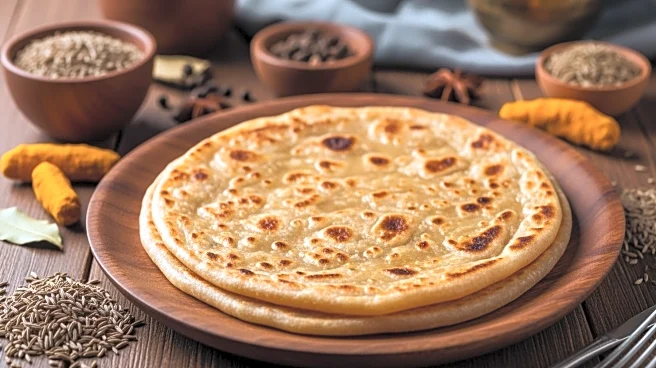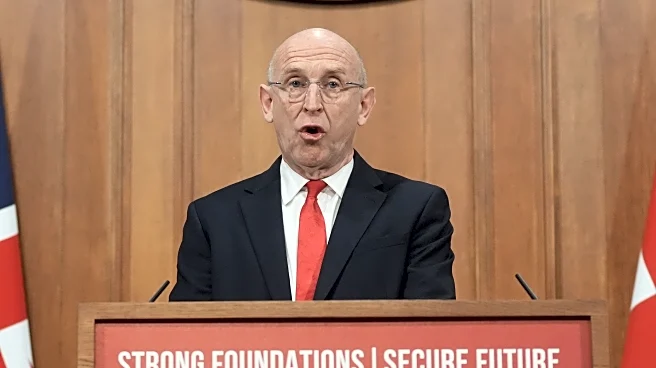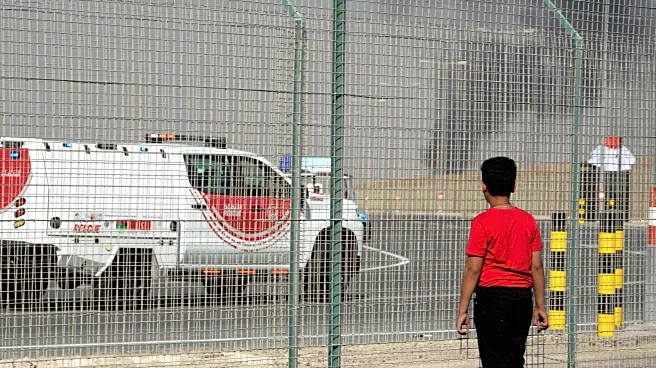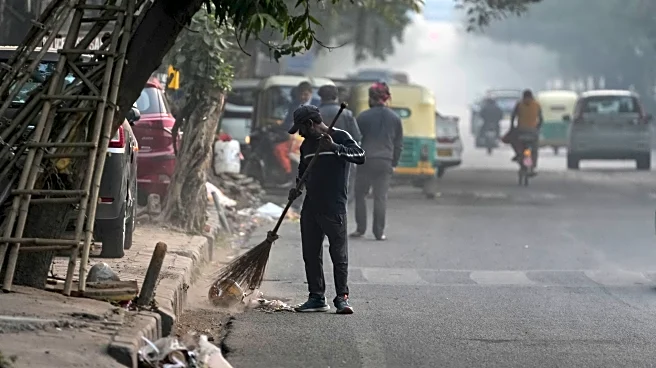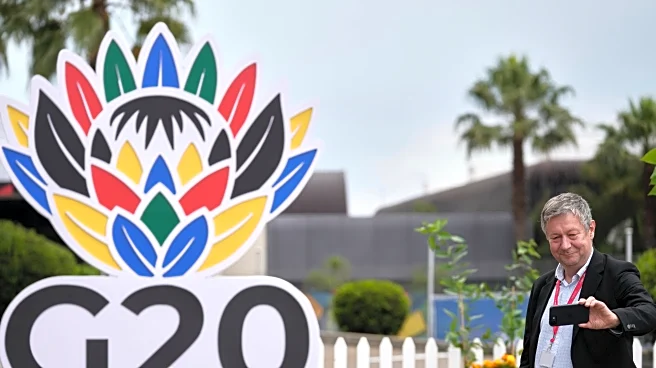Paratha is a flatbread native to the Indian subcontinent, first mentioned in early medieval Sanskrit. It is one of the most popular flatbreads in the Indian subcontinent. Paratha is an amalgamation of the words parat and atta, which literally means layers of cooked dough. The word is derived from Sanskrit. Alternative spellings and names include parantha, parauntha, prontha, parontay, paronthi (Punjabi), porota (in Bengali), paratha (in Odia, Urdu,
Hindi), palata (in Myanmar), porotha (in Assamese), forota (in Chittagonian and Sylheti), faravatha (in Bhojpuri), faratha (in Mauritius), farata (in Maldives), prata (in Southeast Asia), paratha, buss-up shut, oil roti (in the Anglophone Caribbean) and roti canai in Malaysia and Indonesia.
What the Word Meant
Paratha is an amalgamation of the words parat and atta, which literally means layers of cooked dough. The word is derived from Sanskrit. Alternative spellings and names include parantha, parauntha, prontha, parontay, paronthi (Punjabi), porota (in Bengali), paratha (in Odia, Urdu, Hindi), palata (in Myanmar), porotha (in Assamese), forota (in Chittagonian and Sylheti), faravatha (in Bhojpuri), faratha (in Mauritius), farata (in Maldives), prata (in Southeast Asia), paratha, buss-up shut, oil roti (in the Anglophone Caribbean) and roti canai in Malaysia and Indonesia.
Before It Was “Paratha”
Recipes for various stuffed wheat puran polis, which Achaya (2003) describes as parathas, are mentioned in Manasollasa, a 12th-century Sanskrit encyclopedia compiled by Someshvara III, a Western Chalukya king, who ruled from present-day Karnataka, India. References to paratha have also been mentioned by Nijjar (1968), in his book Panjāb under the Sultāns, 1000–1526 AD when he writes that parathas were common with the nobility and aristocracy in the Punjab.
Where It Coalesced
Parathas are prevalent throughout the modern-day countries of India, Pakistan, Nepal, Bangladesh, Maldives, Afghanistan, Myanmar, Malaysia, Singapore, Thailand, Mauritius, Fiji, Guyana, Suriname, South Africa, and Trinidad and Tobago where wheat is the traditional staple. India's old Delhi houses the 'Parathe wali gali', a street famous for the flat breads and serving more than 80 varieties and flavors.
Ingredients That Changed Everything
Common fillings include mashed spiced potatoes (aloo paratha), dal, cauliflower (gobi paratha), minced lamb (keema paratha), and minced chicken. Less common stuffing ingredients include mixed vegetables, green beans, carrots, other meats, leaf vegetables, radishes, and paneer. A Rajasthani mung bean paratha uses both the layering technique together with mung dal mixed into the dough. Some stuffed parathas are not layered, lacking in the flakiness of plain parathas, and instead resemble a filled pie squashed flat and shallow-fried, using two discs of dough sealed around the edges.
